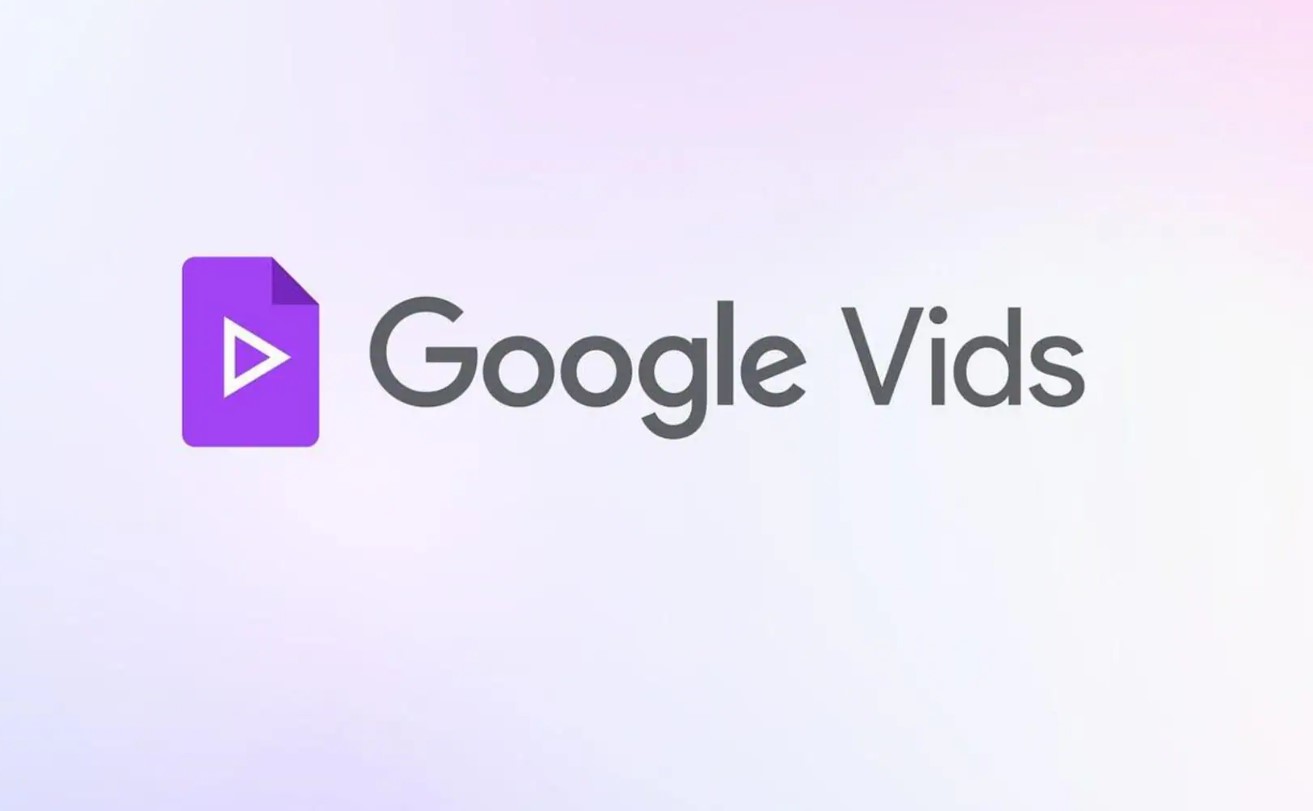Published by NewsPR Today | August 2025
Google’s Merchant Center team recently announced a significant tool update for the worldwide merchants, developers, advertisers, who are also the e-commerce businesses of today.
This is a big move away from the old Content API for Shopping towards the new Merchant API where API-led management of product feeds are in the spotlight.
What Is Happening?
In August 2025, Google released the Merchant API as a general availability successor to the Content API for Shopping. This API iteration presents a set of updates designed to drastically increase the ease, flexibility, and functionality available to anyone who manages product feeds in their digital commerce platforms.
With the integration of state-of-the-art attributes, such as improvement with AI, increased capability, and new architectural designs, Google takes the next leap in e-commerce technology evolution.
Merchant API Features
Key among these improvements are the new AI-powered features in the Merchant API, which will allow for smarter data handling and automated optimizations, making product feed management not just faster but also, well, smarter. With artificial intelligence, businesses can now automate the cumbersome chore of updating and managing catalogues.
Related Article: OpenAI’s New Plan: Shop Directly Through ChatGPT!
The Merchant API also brings greater performance—users can now deal with up to 1000 lines per page using the pageSize limit—a significant improvement that is particularly beneficial to high-volume merchants and those with large product lists.
By using gRPC, this API speeds up and improves the reliability of the endpoints, delivering a quicker, more scalable technology. This is another reason why this modern protocol also performs better on lower latency and error handling, which is important for syncing real-time data.
The new modular sub-API system gives more control to the user and allows more rapid, more focused updates to the MAPI architecture. By modular design, it is easy to add configuration and scalability, so it can customize the API management according to business requirements.
In addition to performance and structural enhancements, the Merchant API features unique capabilities such as Product Studio, a feature that is intended to streamline the creation of rich product listings for merchants. This, combined with improved reporting, provides businesses with greater visibility and control over the performance of product feeds and marketing strategies.
Who Is Affected?
This change affects all users who are now relying on the Content API for Shopping—such as e-commerce sites, app developers, and advertisers and retailers—and connect their applications with the Google Merchant Center programmatically.
For these users who are upgrading the Merchant API globally, migrating to the new Merchant API infrastructure will necessitate Google Cloud project linking. The update is not restricted by geography or market segment and automatically applies to all API users.
Transition Timeline and Implementation
Google has designed the change to be smooth by issuing an 18 month early warning period, beginning from the August 2025 rollout. The Content API for Shopping remains available during this time so users have sufficient time to migrate their feed management systems. On August 18, 2026, however, Google will sunset the Content API for Shopping, leaving the Merchant API as the only viable platform to handle product feeds.
With that kind of time frame, we urge users to start updating their systems and workflows to continue smoothly and have the latest features and improvements in performance.
Why Did Google Do This?
Why Google Is Launching the Merchant API At its core Google’s goal with the new Merchant API is to future-proof the platform’s infrastructure for the future. “While powerful, the current Content API was created in a previous tech epoch, and had shortcomings effectively processing the rich, dynamic retail reality of today,” Shopify wrote in a blog post today announcing the updates.
By creating a stronger, more powerful platform, Google seeks to enable faster product launches and updates that are easier to implement in the merchant ecosystem. This evolution should help alleviate technical friction, simplify data operations, and allow businesses to quickly pivot in response to market demands.
The use of future-proof technology, including gRPC and modular architectures, makes Google Merchant Center well-equipped to change as newer technology and e-commerce strategies emerge. The unique tools built into the Merchant API further underscore Google’s commitment to offering merchants creative, insight- and efficiency-driving tools.
Impact on E-Commerce and Developers
This shift will result in major advances in the speed, reliability, and intelligence of the way product feeds are handled for e-commerce businesses. 2) Better AI: Advanced AI will help create more useful automations, taking teams away from mundane, manual tasks and increasing their overall productivity so they can focus on growing, rather than working in, the business.
A cleaner & more modular API structure makes life easier for developers, resulting in much faster development cycles, ease of maintenance, and simpler integration. Adherence to the gRPC protocol means faster, reliable data interchange, which is critical to keep your product information current and your customers well-served.
Advertisers and vendors benefit from improved reporting and analytics with greater insight into the performance of their product listings and ad campaigns. This exposure enables better decisions and more targeted marketing and means that you are aiming to boost conversation rates and revenue.
Preparing for the Future
The Google Merchant Center transition to the Merchant API is so much more than a simple upgrade — it’s an evolution for how your product information is maintained and optimized online. Businesses and developers who get on board with this evolution from the outset will experience a smooth transition and early access to the API’s new and powerful toolset.
To prepare, stakeholders should:
- Find and learn what is new with the new Merchant API.
- Start associating their Google Cloud projects for seamless access.
- Plan and initiate API migration projects early to prevent hasty last-minute accommodations.
- Leverage new features, such as Product Studio and improved reporting, to realize the full e-commerce potential for us.
The bottom line is that Google’s rollout and worldwide availability of the Merchant API on August 25, 2025, represent a new frontier for feed management for e-commerce.
Rooted in an AI-enabled and future-proof platform, this transition from the Content API for Shopping will equip merchants and developers with what they require to succeed in this changing, competitive digital landscape.
The planned sunsetting of the old API in August 2026 definitively signals the next level of Google’s dedication to the development of e-commerce technology and to the global community of online retailers.




